When the pandemic hit in 2020, people flocked to city parks. Across Canada, cities observed large increases in park use as people looked for ways to socialize safely, exercise, and de-stress. Despite restrictions being lifted in the years since, park use has not only remained high, it has increased further. Between 2020 and 2022, park use increased 15% across Canadian cities, according to Google location data, essentially setting a new higher baseline.
More people using parks is good news, of course. But it also comes with challenges for cities, which have been struggling for years with insufficient budgets. This issue was highlighted in the latest Canadian City Parks Report – an annual report on the trends and challenges facing city parks put out by the national charity Park People.
Through interviews with dozens of park managers in cities large and small across the country, the Canadian City Parks Report shows that we’ve reached a critical tipping point in park investment. Simply put, we need to invest in parks as the key city infrastructure they are, or risk deterioration.
Cities themselves are sounding the alarm. Every single city that answered Park People’s survey about challenges and trends said aging infrastructure is a key challenge. Additionally, 80% reported that insufficient operating budgets meant they could not deliver on park-related priorities. These aren’t just numbers – they have real-world impacts on people’s experience of parks and on park staff’s ability to do their jobs.
On the staff side, insufficient budgets meant delays in park projects, inadequate staffing levels and staff burnout, and an inability to meet maintenance standards. Residents are starting to notice. Just 65% said they consider their city’s parks well cared for – a significant drop from the 78% who reported the same two years earlier.
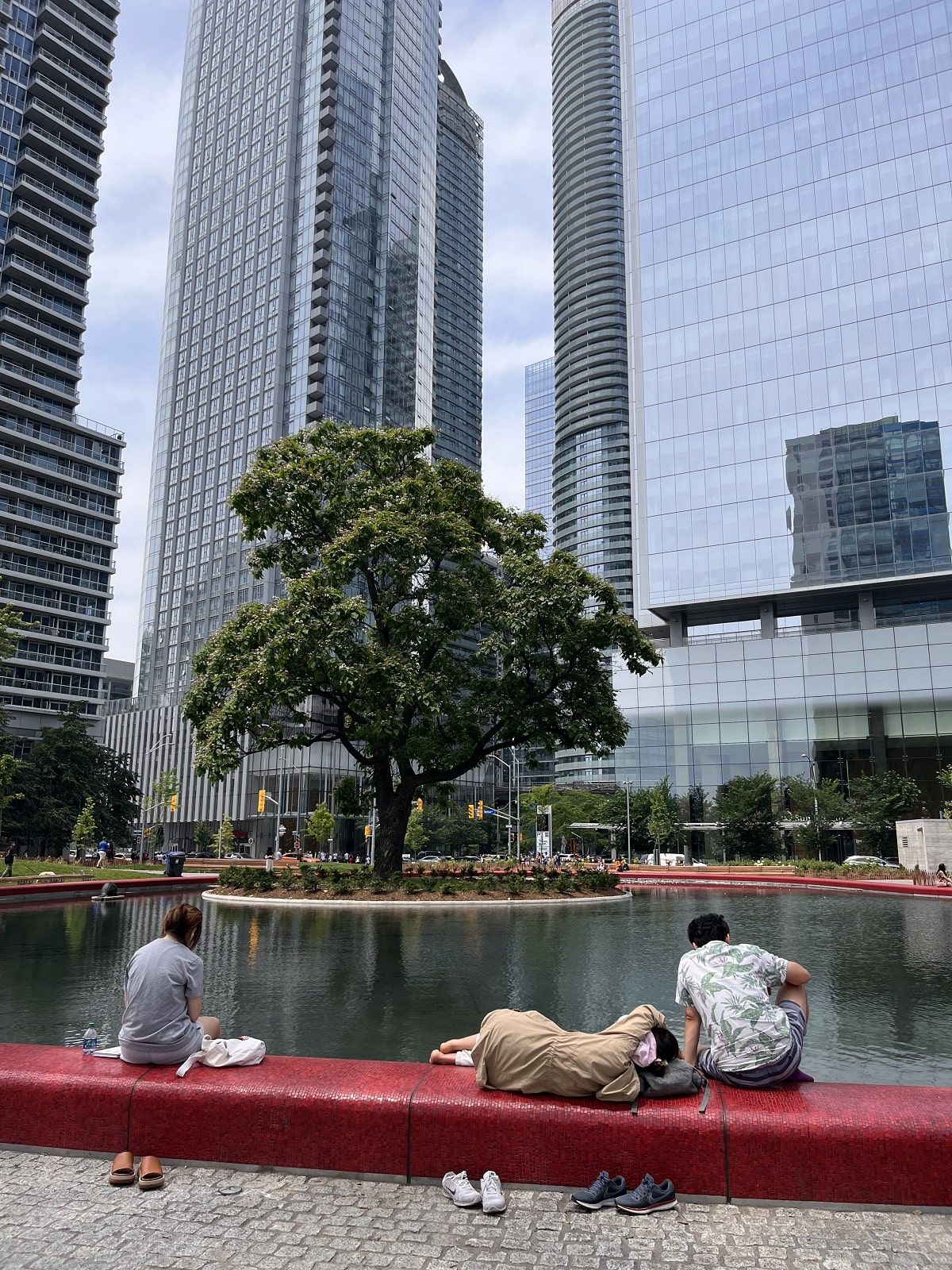
While subjective, park quality includes the state of maintenance as well as the amenities and programming available. Arguably, park quality is just as important as park quantity – and critical for an equitable park system. If you have a park nearby, but it has none of the amenities you need (washrooms, places to sit, drinking water, etc.) and it feels run down, well, are you really going to use it?
Letting park maintenance slip is not just an aesthetic issue. Small issues that are ignored have a way of growing into much larger, costlier repairs or replacements altogether – think of what would happen if you ignored a small leak in your ceiling.
Missing or broken amenities – like benches, washrooms, and drinking fountains – fuel perceptions of unsafety, widen inequities, create accessibility barriers, and impact the benefits that parks provide to the social health of our communities.
Poorly maintained landscaping and urban tree canopies leave parks more vulnerable to climate change-related extreme weather damage, while also reducing the climate resilience benefits that parks provide in cooling the air and soaking up excess rainwater.
We all saw during the pandemic that well-cared for parks are not just nice-to-haves, but critical social and health infrastructure, in addition to their environmental role. This is a lesson we can’t afford to ignore.
So, what can we do to ensure that the increasing number of visitors to parks is coupled with increasing investments in park quality?
Refocus investment on park quality
Park investment mechanisms, like development levies, heavily favour new park growth over reinvestment in current parks. One park manager remarked that 80% of development levy funding in their city was earmarked for new parks and amenities, while 20% was available for maintenance of existing assets.
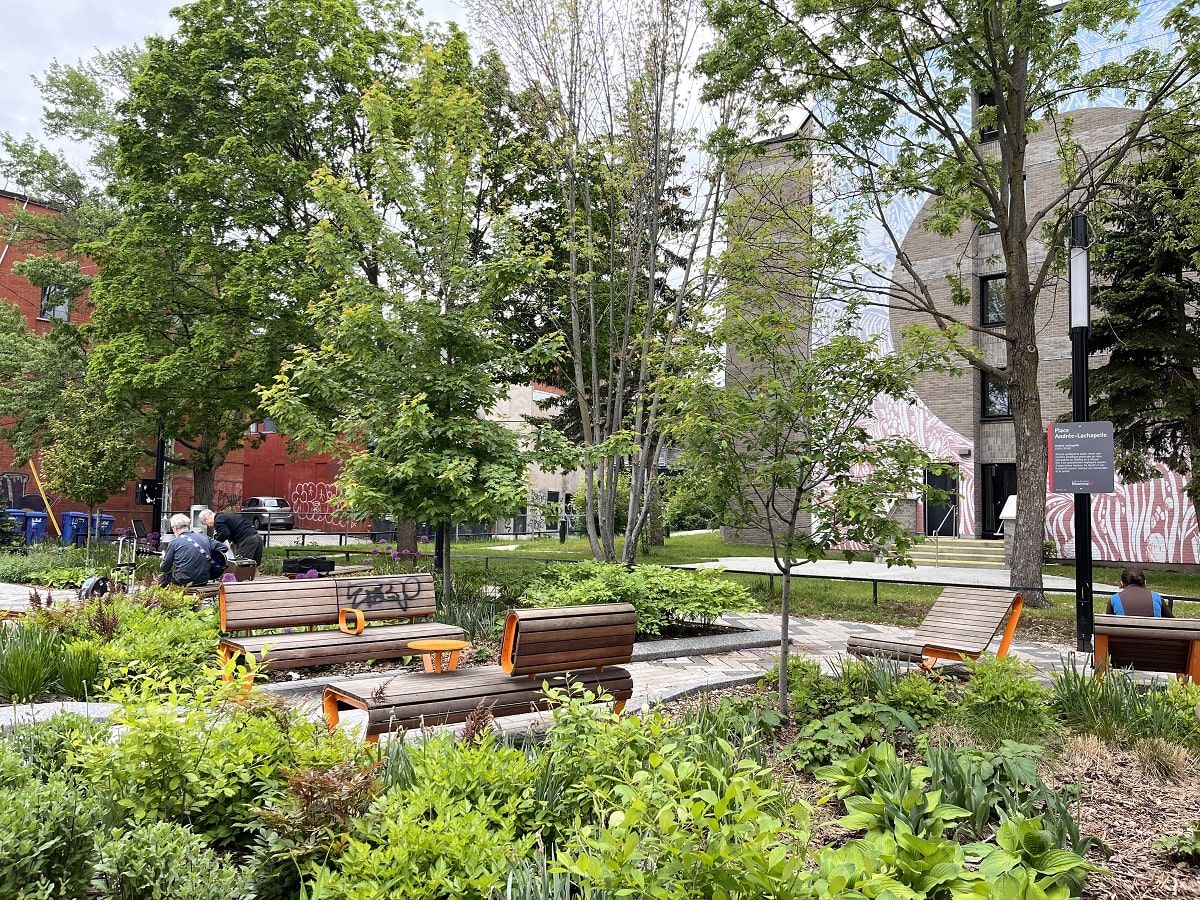
While the idea behind this policy makes intuitive sense – growth pays for growth – it has created a system where park maintenance budgets are starved while money for new parks piles up.
As another park manager said: “We have ample funds to build new, right? But we’re exacerbating our issue by building more new beautiful parks and yet not having the money to replace [existing infrastructure].”
Many of these funding constraints are due to Provincial legislation that requires park levies to be spent a certain way, but cities do have the ability to increase property taxes to pay for park maintenance – something city politicians have been reluctant to do. Public advocacy can go a long way to ensuring park budgets are shored up – something multiple city staff mentioned in interviews.
Measure and evaluate park quality
When money is tight, it’s even more important to understand where investments are needed most. And yet while every city measures quantity of parks – hectares of parkland per person – very few measure park quality or user experience (only 43% according to Park People’s survey). By evaluating park quality in a systematic way, cities can better invest in improvements.
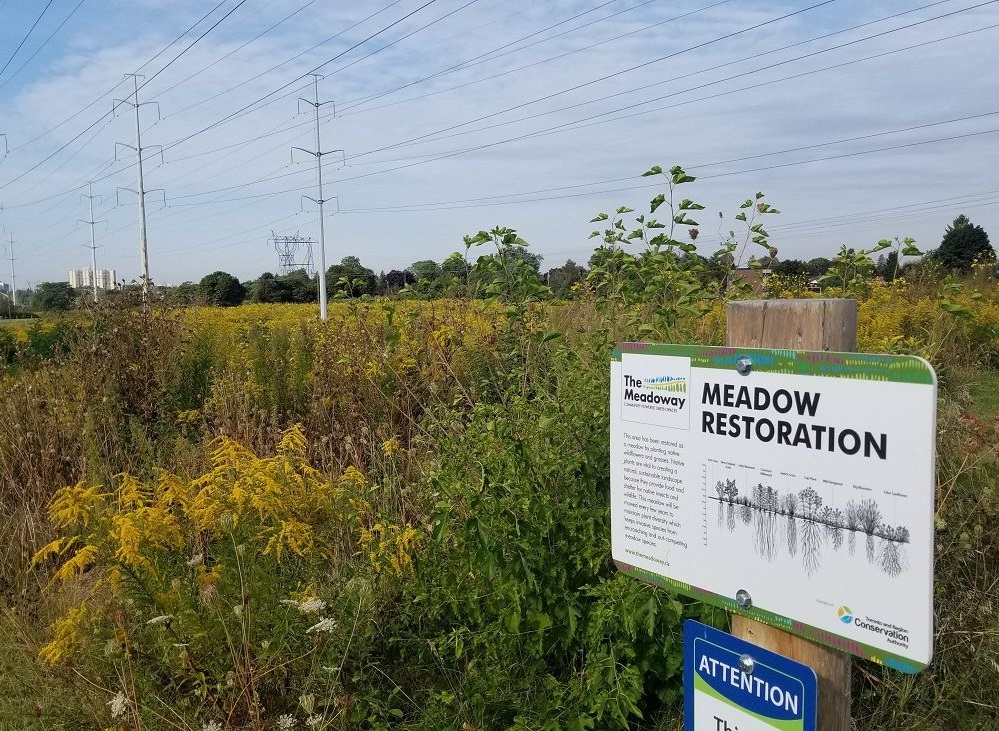
There are a number of ways to measure park quality, including public life studies, which have been used in a number of Canadian cities. But another is staff-led surveys of parks that rate amenities on a scale. For this, cities could turn to Brampton’s EcoPark evaluation as inspiration, where staff assess parks on a number of criteria to determine what type of naturalization improvements are best suited. While this survey doesn’t involve determinations of quality per se, it could easily be adapted for such a use.
Combined with equity-based mapping that layered on key socioeconomic and demographic data (income, race, age, etc.), park quality surveys could be a powerful tool in directing investment and understanding the scale of maintenance issues across a city.
Find collaboration sweet spots with other city departments
Parks departments don’t have to go it alone – in fact, they shouldn’t. There are often places where the goals of different city departments align, creating opportunities to co-manage and co-fund public space-related projects.
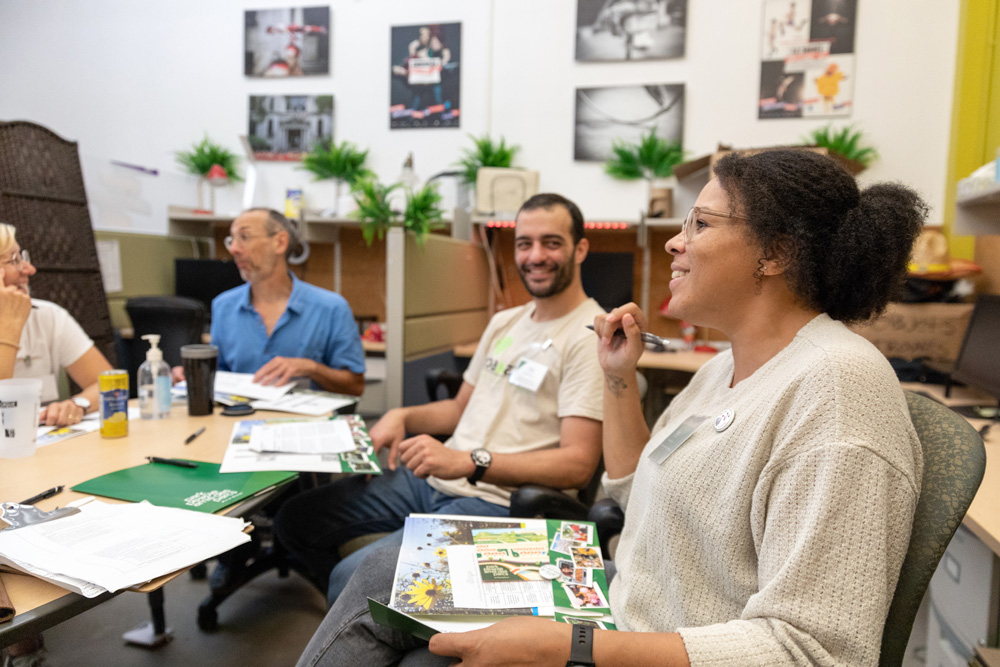
Increasingly, this collaboration is happening between parks and transportation-related departments –not surprising when you consider that they are both responsible for large portfolios of public space, whether parks or roads.
In Vancouver, for example, City Engineering works with Park Board colleagues on Rain City Strategy projects that create new or enhanced green space in the city while helping meet the department’s goals of rainwater capture and infiltration.
In other instances, like Toronto’s Berczy Park redesign, park-adjacent roadways can be redesigned as flexible plaza spaces, increasing usable public space for people while also helping with traffic calming.
But there are other opportunities as well, such as creating agreements with school boards on using school green space and play areas for community use, collaborating with public health departments on outdoor programming and health-related amenities like outdoor gym equipment, and working with social housing departments on shared green space projects for tenants and the wider community.
As we saw with even more clarity in the pandemic, parks intersect with many aspects of urban living. They are our living rooms, natural respites, meditation studios, air conditioners, co-working spaces, outdoor dining areas, play spaces, and more. It’s time we cared for and funded parks in a way that recognizes their role as critical city infrastructure.
Visit the Canadian City Parks Report website to learn more and dive more deeply into the data and case stories featuring cities across Canada.
Jake Tobin Garrett is a park and public space policy consultant and co-author of Park People’s Canadian City Parks Report.

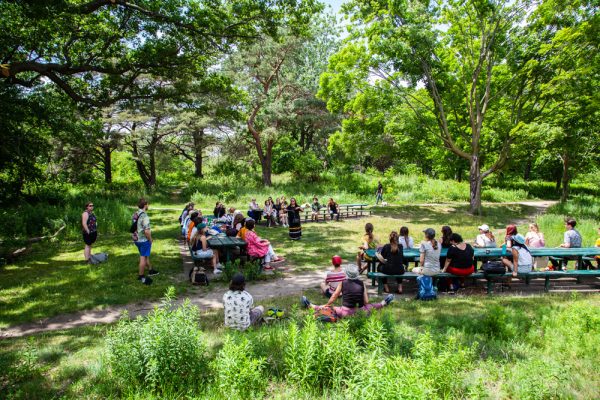
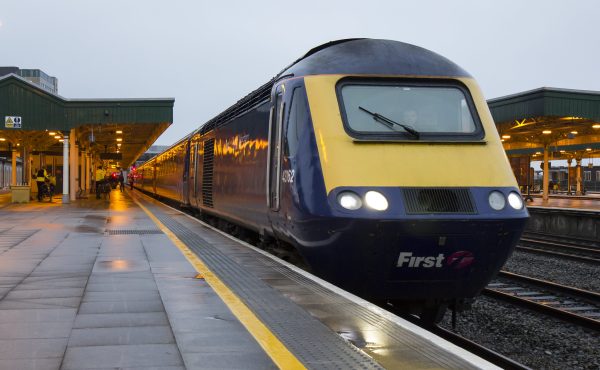


One comment
Before the automobile expropriated the streets for their allegedly exclusive use, streets were for everyone to use. People walked on the streets. Kids played sports on the streets. Kids played games on the streets.
With the automobile forcing kids off the streets, they need a place to play in. Hence the need for more parkland.